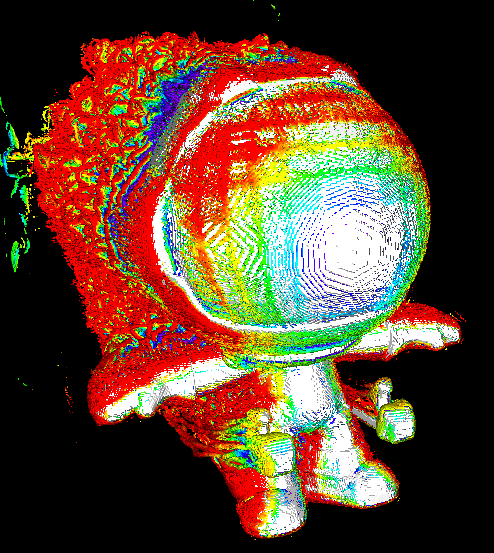my reasoning: the actual colors we can see -> the wavelengths that we can extrapolate to -> basically extrapolated wavelengths plus an ‘unpure-ness’ factor -> not even real wavelengths (ok well king blue and maybe lavender if I’m being generous could be)


I was saying there are times when you can’t treat other colors as being made form primaries, specifically when the spectrum will later be separated. (by diffraction or by materials with a complex spectral response)
for example, you could have 2 clear yellow sheets that look identical when placed in front of a full spectrum white light. However, one lets through red and green and one lets through yellow wavelengths. Suddenly now they behave very differently when you put them in front of a green light - the one that only lets through yellow looks black and the one that lets through green looks green.
going back to the part where I labeled yellow as a slippery slope, its because we can’t really see whether there are yellow wavelengths or not in examples like these or others
also, a fun side note, you can actually see diffraction patterns by looking through any aperture (but a diffraction grating will make it more obvious) and these respond noticeably differently to all wavelengths and look wrong if you only consider the primaries. So, technically, if you’re looking at any scene through any sort of camera/lens system/eye, you can’t treat the scene as only having 3 primaries as it would look (imperceptibly) different if you considered all wavelengths. Actually, recreating this video in Python is what got me thinking about this. If you look at a very bright white point of light made of very specifically only red green and blue wavelengths you might actually be able to see this, it should look like
instead of
(its very subtle and you might need to zoom in but it looks a lot more noisy)